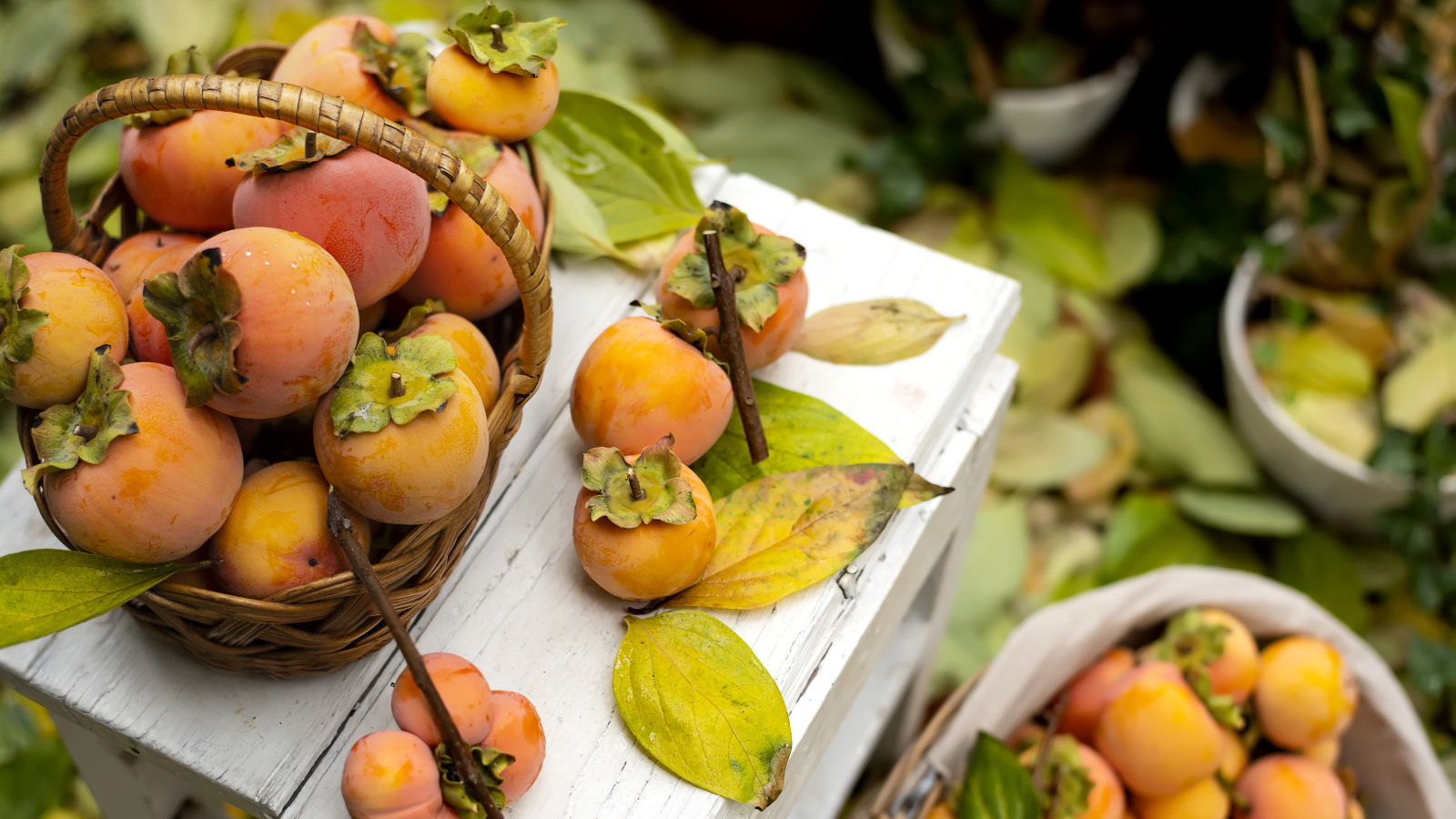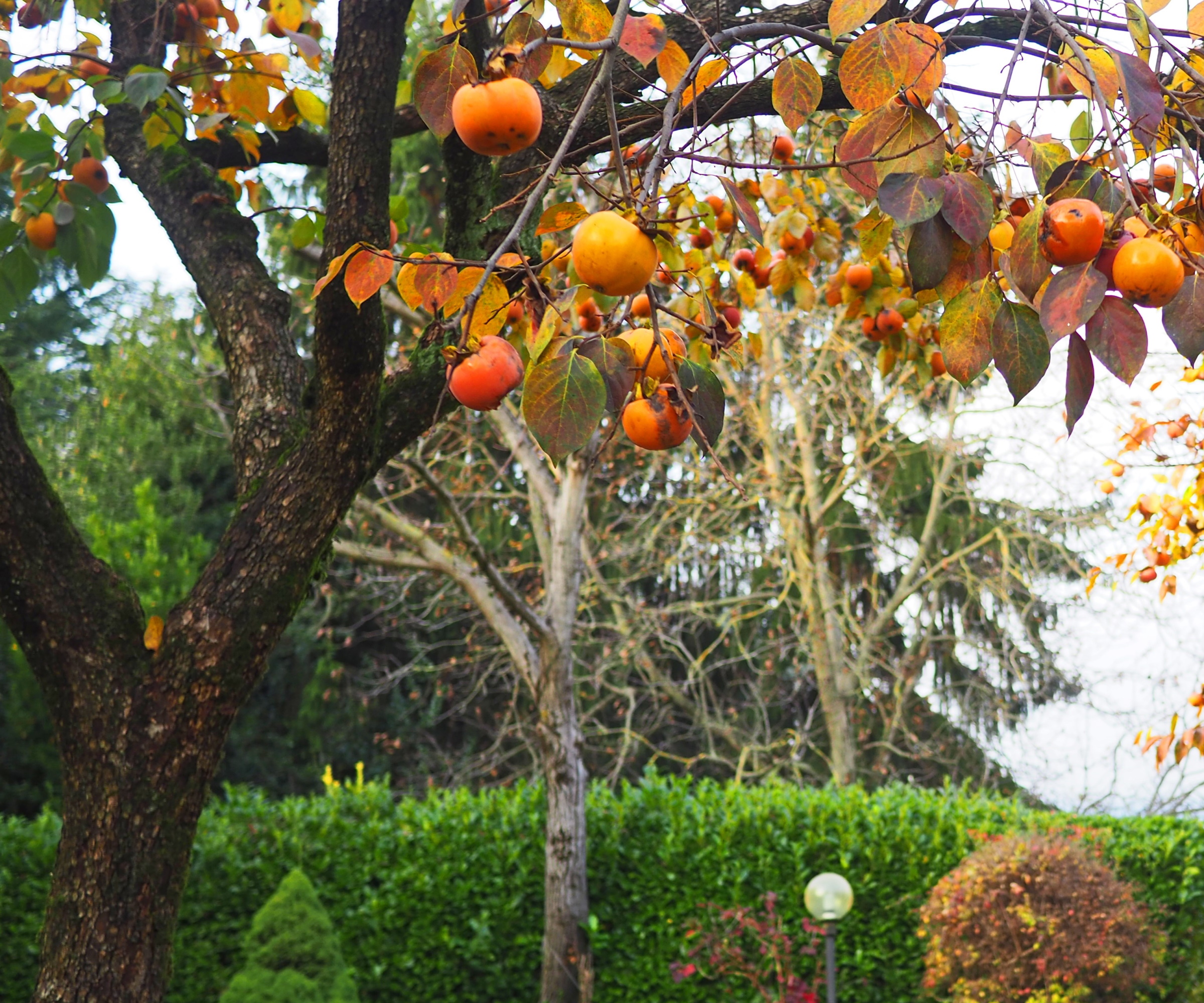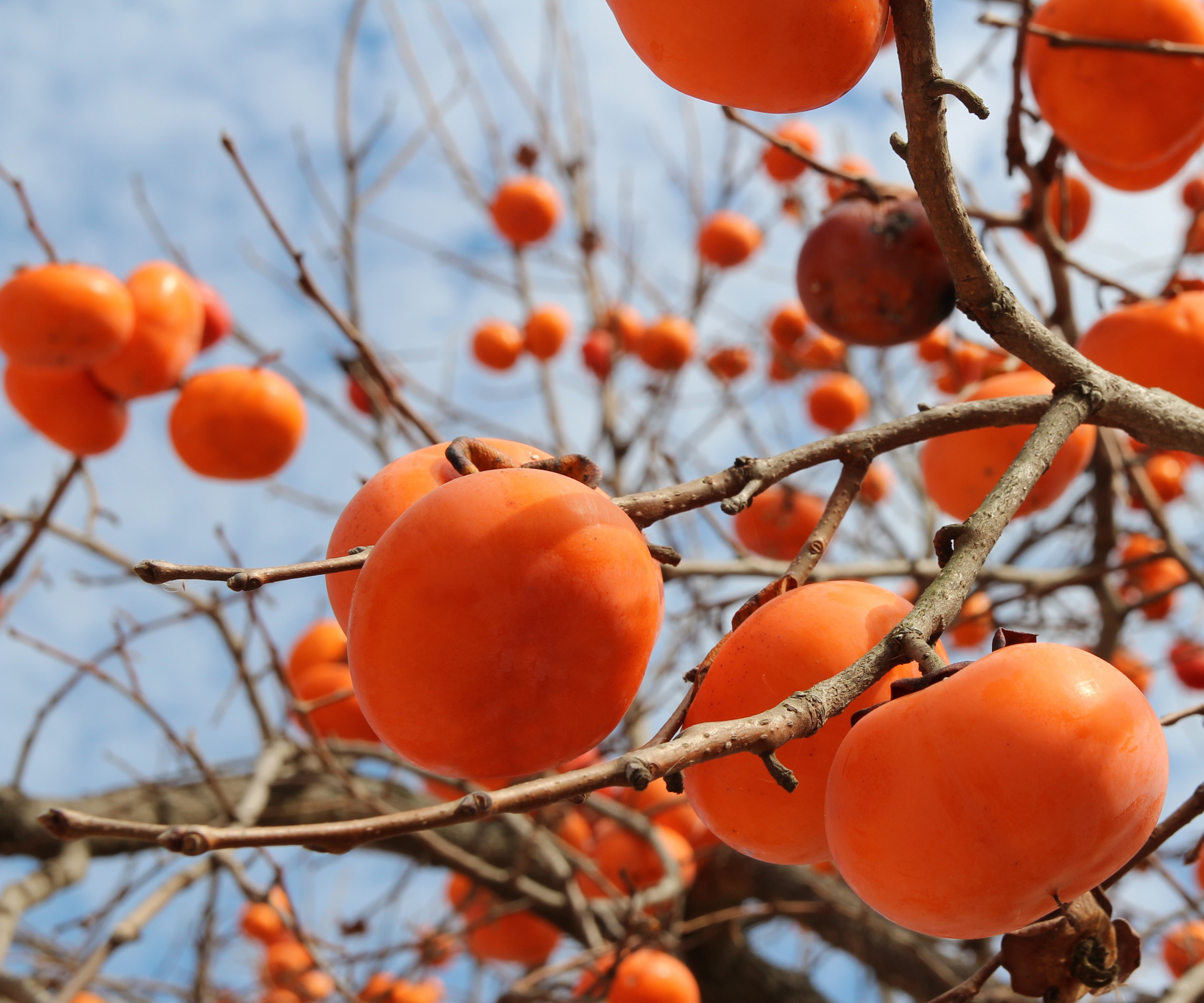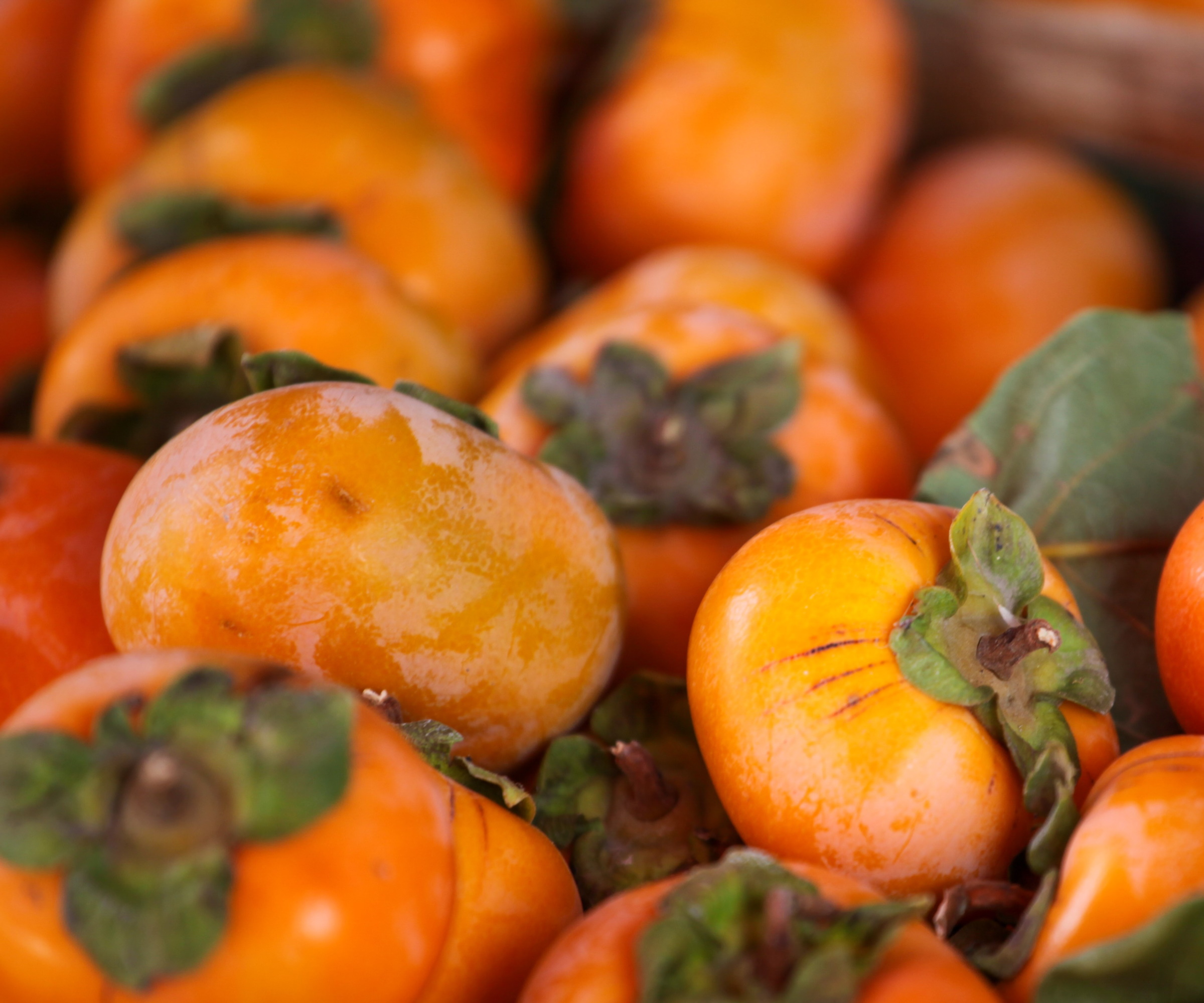
If you are thinking about planting smaller fruit trees this year, why not consider the unusual persimmon? They are an attractive addition to any backyard, with unique orange fruits appearing in fall and winter, hanging like holiday decorations on bare branches.
Native to China and Japan, persimmon trees are deciduous fruiting trees that have been cultivated for centuries.
Persimmon trees produce distinctively flavored fruits that can be grown in pots and containers. This allows those of us with small backyards or gardens to grow dwarf varieties of this unusual fruiting tree.
We have gathered expert advice on how to successfully grow persimmon trees in containers and enjoy delicious fruits in the years to come.

How to grow a persimmon tree in a container
Persimmon trees are an attractive addition to any container garden or backyard, with delicious orange fruits appearing in the winter months.
What to consider before planting a persimmon tree

Persimmon trees are popular fruit trees, producing sweet fruits with a unique flavor. They can be grown successfully in containers, allowing those of us with smaller outdoor spaces to cultivate our very own persimmon tree. There are, however, a few things to consider before planting.
Most persimmon varieties will grow in US hardiness zones 4 - 9. It is advisable to read the tree label to make sure the variety is suitable for your location, but generally, most varieties are relatively resilient. With such a good zonal range, they can withstand both cold winter conditions but also high temperatures in summer.
When 'grown in the ground, most if not all of the 2000+ varieties of persimmon trees can get large,' says Lorin Nielsen, Head Horticulturist of Epic Gardening. When growing in containers, 'choose a dwarf cultivar if possible,' Loren says. There are many to select from, such as this Fuyu Persimmon Tree from Fast Growing Trees.
'It is possible to grow and maintain a non-dwarf, standard cultivar,' says Loren. These varieties can be kept at a smaller size, but consistent and 'careful pruning' will be required.
It is also important to remember that 'most persimmon trees will not produce much fruit in their first five to six years of growth,' Loren continues, 'but gradually increase fruit production after that'. Loren recommends buying a '1 - 2 year old tree to speed up this process.'
When choosing a container, 'select one at least three times the size of the pot that the tree came in,' Loren says. 'Repot to a larger container every 2 - 3 years as the root system develops.'
Grow your own dwarf persimmon tree. This Fuyu persimmon is hardy outdoors in US hardiness zones 7 - 11. Can be grown in a container, with a potential height of 12-15 ft, but this can be managed by pot size and pruning. Plant today and enjoy delicious fruits in the years to come.
How to grow a persimmon tree

- Soil: Persimmons 'prefer a well-draining soil with a slightly acidic to neutral pH,' says Tatiana Anderson, plant expert and owner of Top Tropicals. Adding organic matter, such as using organic compost during planting, will help to add nutrients to the container. Yearly mulching on top of the container will also help to maintain the quality of the soil and suppress weeds. Be careful not to suffocate the trunk of the tree when mulching, as this can cause trunk rot. It is recommended to leave an inch or so clear of mulch around the base of the trunk.
- Light: If possible, provide your persimmon tree with a spot that is full sun to partial shade. 'Adequate sunlight is crucial for fruit production, so placing your container in a location that receives at least 6 - 8 hours of sunlight per day is recommended,' says Tatiana.
- Watering: When grown in the ground, persimmons are drought-tolerant. However, in a container, your persimmon tree will require consistent watering. During the warmer months of the year, be sure to check on your container on a daily basis. Do not let your container dry out. If you are going on vacation, it is a good idea to ask a friend or neighbor to water your containers.
- Fertilizing: 'Slow-release granulated fertilizer can be applied in late winter or early spring before new growth begins,' says Tatiana. 'Follow the recommended dosage based on the tree's age and size.' Always remember that over-fertilizing can cause damage to the plant.
- Care: 'Container-grown persimmons may need repotting every 2 - 3 years to provide more space for your persimmon,' says Tatiana. 'Be mindful not to disturb the roots excessively.' Finally, if your container is in an exposed location, consider moving it during the winter months, to protect your persimmon tree from strong winds and cold weather.
FAQs
What size should a container be to successfully grow a persimmon tree?
It is recommended that you use a container 2 - 3 times the size of the pot that the tree arrived in from the plant nursery. Be sure to mix in lots of organic matter to give your persimmon tree all the nutrients that it needs for its first year. Ideally, you should repot your persimmon tree to a larger container every 2 - 3 years as the root system will soon outgrow the container.
How often should I water my persimmon tree?
When planted in the ground, persimmon trees are relatively drought tolerant, owing to a tap root that can access water deep in the ground. However, in a container, consistent watering is crucial, particularly during the warm summer months. At the peak of summer, it is advisable to check on your container on a daily basis and to water deeply as and when necessary.
Growing persimmon trees in containers is a great way to cultivate fruit trees in your backyard, whether you have a large or small space. Why not consider growing other fruit trees in containers, such as cherry trees?




!["[T]he First and Fifth Amendments Require ICE to Provide Information About the Whereabouts of a Detained Person"](https://images.inkl.com/s3/publisher/cover/212/reason-cover.png?w=600)


